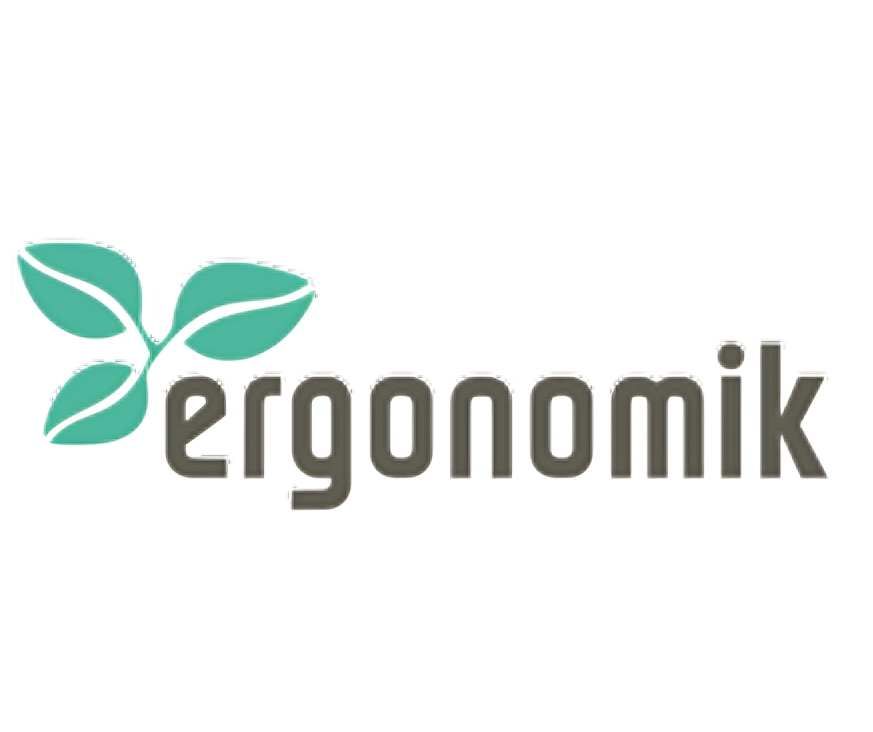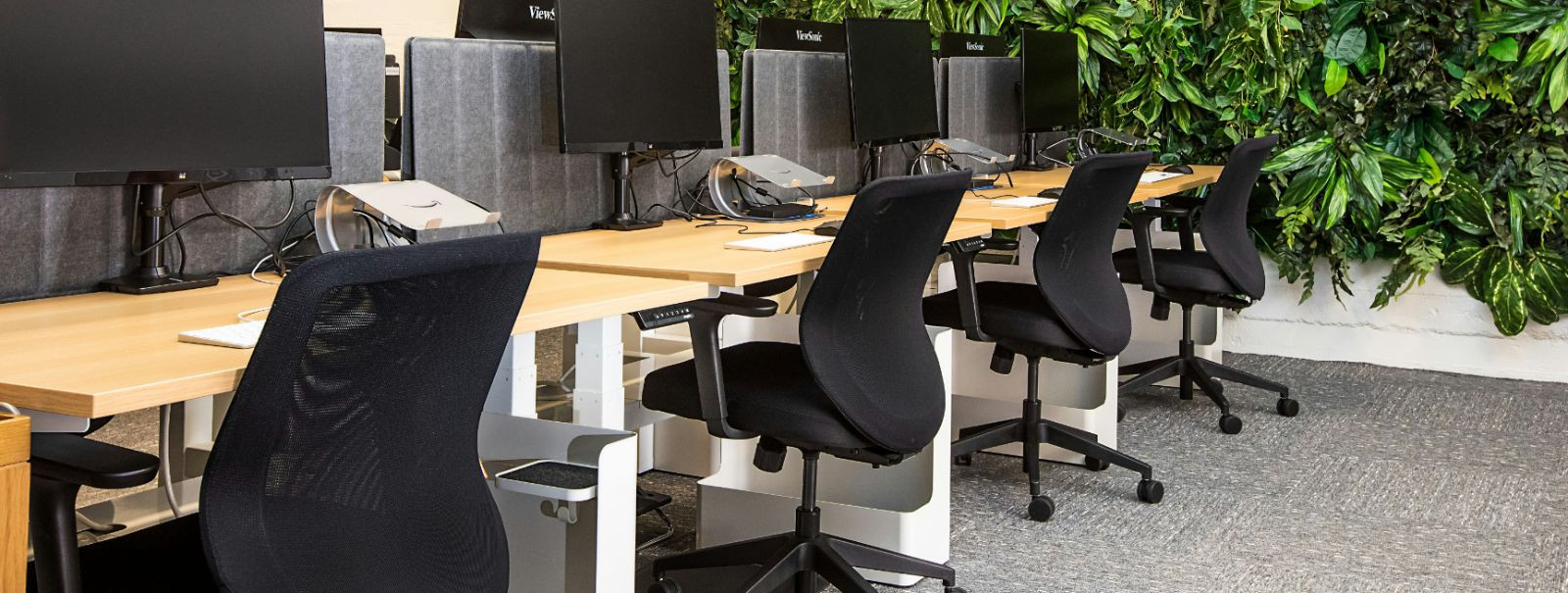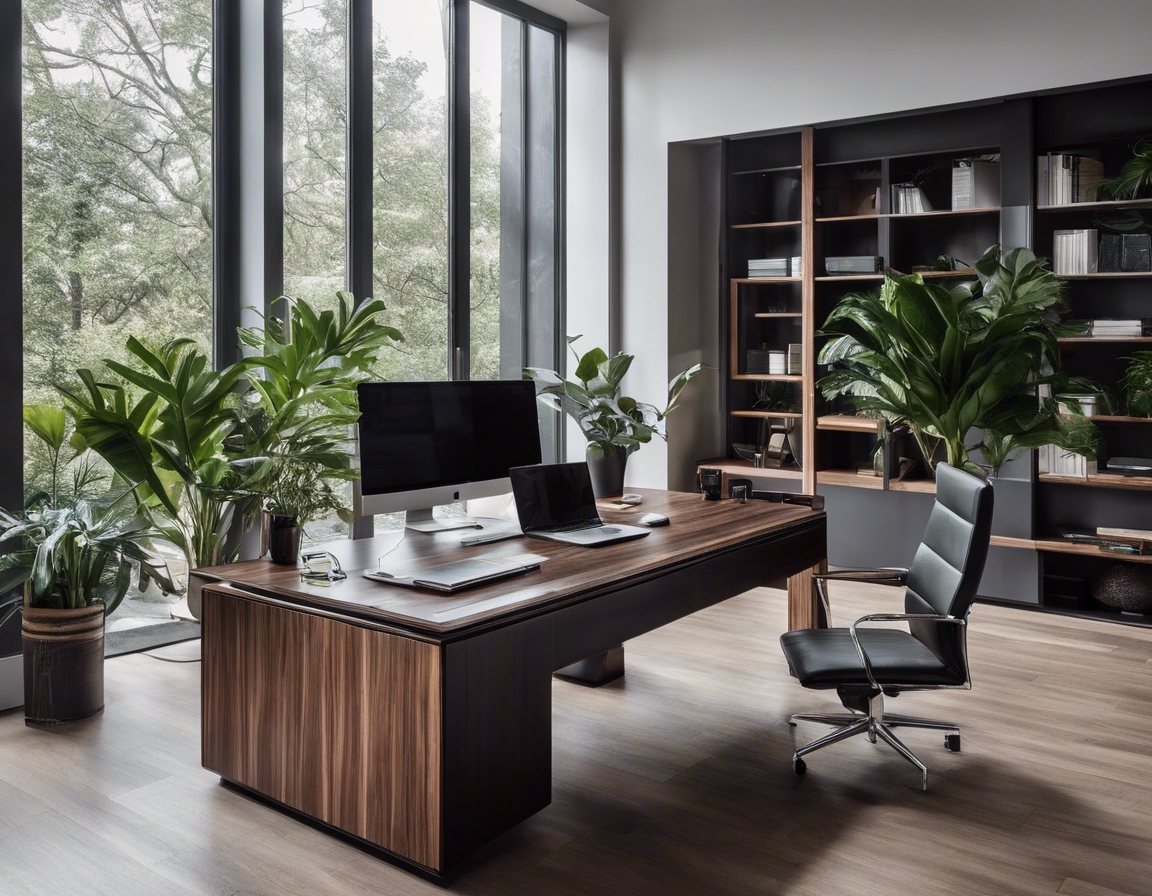Transforming your workspace with ergonomic design
Ergonomics is the science of designing the workplace, keeping in mind the capabilities and limitations of the worker. The goal of ergonomics is to create a workspace that fits the individual and promotes health, safety, and greater efficiency.
Investing in ergonomic design is not just about comfort; it's about creating an environment that can significantly reduce the risk of work-related injuries, such as repetitive strain injuries (RSIs), and musculoskeletal disorders (MSDs). An ergonomic workspace can also lead to improved job satisfaction and employee retention.
The Impact of Ergonomics on Health and Productivity
Proper ergonomic design can help to prevent chronic pain and injuries associated with poor posture and repetitive movements. By providing support and promoting good posture, ergonomic furniture can alleviate back pain, neck pain, and other discomforts.
An ergonomically optimized workspace can also contribute to mental well-being. A comfortable and supportive work environment can reduce stress and fatigue, leading to a more positive work experience.
There is a direct correlation between ergonomic workspaces and productivity. When employees are comfortable and free from pain, they can focus better and work more efficiently.
Key Elements of an Ergonomic Workspace
Essential pieces of ergonomic furniture include adjustable chairs, desks, and monitor stands. These pieces allow for a customized fit that supports the body and encourages proper alignment.
The layout of a workspace should allow for easy movement and natural flow. This includes considering the placement of furniture, equipment, and accessories to minimize strain and maximize efficiency.
Good lighting is crucial in an ergonomic workspace to reduce eye strain and headaches. Acoustics also play a role in creating a comfortable environment that can minimize distractions and enhance concentration.
Implementing Ergonomic Solutions
Assessment of the current workspace is the first step towards implementing ergonomic solutions. This involves identifying potential problem areas and opportunities for improvement.
Selecting the right ergonomic products is essential. ERGONOMIK OÜ offers a range of ergonomic solutions that can be tailored to meet the specific needs of any workspace.
Adopting best practices for workspace ergonomics includes regular breaks, proper positioning of equipment, and encouraging movement throughout the day.
Ergonomic Design for Remote Workers
Remote workers face unique challenges in creating an ergonomic workspace. It's important to apply the same principles of ergonomic design to the home office to maintain health and productivity.
For those who work in flexible or shared spaces, portable ergonomic solutions can provide the necessary support to maintain a healthy and productive work environment.






Comments (0)